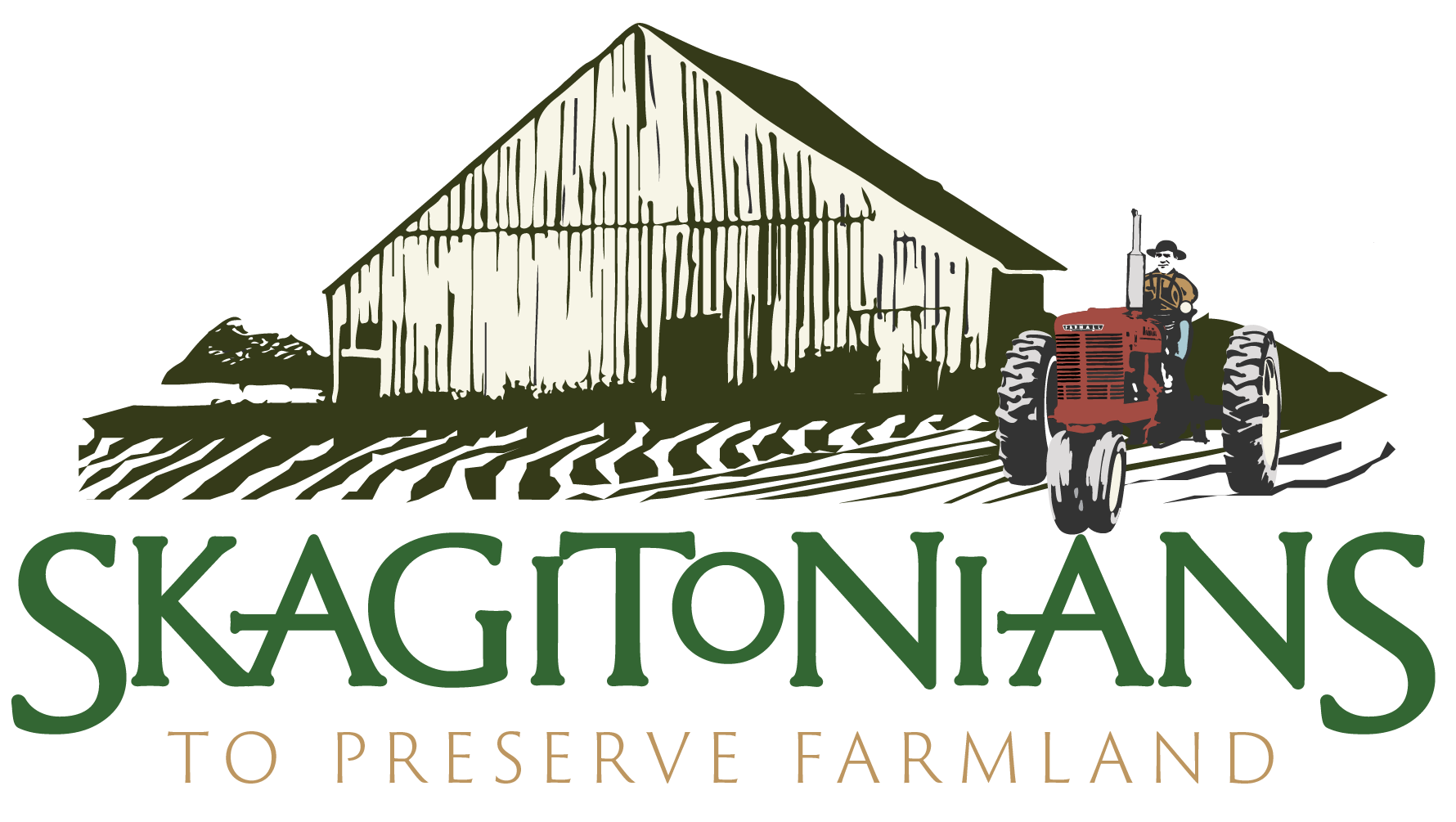Dahlia Depot Farms Listens & Adapts
Dahlia Depot Farms, located north of Sedro-Woolley, would not exist were it not for its business partners being willing to experiment, listen to others, and adapt. Jesse Cable and John Yengich purchased the property in 2007 and not much went as planned. But they have developed a thriving farm that specializes in microgreens and hydroponically grown lettuce, a niche that has gathered a large, faithful clientele in local food co-ops and at the Mount Vernon Farmers Market. This was not exactly their plan, but they have embraced the opportunity and enjoyed customers’ loyalty.
Adapting Together
Both John and Jesse have lived in Skagit County since the 1990s. John had a taste of farming growing up with family in Colorado and always enjoyed growing plants. As a young teen, Jesse lived on a dairy farm on Fir Island, gaining firsthand experience. Jesse became friends with John’s son in high school, and grew up with the family. They did 4-H together then and have continued working together in the decades since.
When they bought the place in 2007, they expected to flip the farmhouse as a smart investment. The housing market collapsed forcing a new strategy. In 2008, they opened a dahlia u-pick farm, an acre of dazzling blooms to attract customers.
Soon after, John brought extra seeds from his home garden and planted them alongside the dahlias. Before long, John recalls, “the people that would come out to do the u-pick were more interested in the vegetables than they were the flowers.” So, Jesse and John switched to a vegetable farm and offered a successful CSA. Now, Dahlia Depot is a full-fledged market farm.
At Dahlia Depot Farms, they still grow 60 vegetable varieties, flowers, and offer a limited CSA, but John and Jesse focus on microgreens and hydroponically grown lettuce. This makes their farming practices a little unusual.
Microgreens
They first heard about microgreens in an email they received from someone they no longer remember. Curiosity got the better of them, and they started experimenting.
“We liked the response we were getting from a lot of our customers,” says John. That encouraged them go all-in.
They grow microgreens in a shallow tray filled with soil. After broadcasting the seed, they cover and wait about three days for them to germinate. They uncover them and place them in a flood-and-drain system with extra lighting. In seven or eight days, they harvest: shear the plants, lightly dry them, and package and send them off. Typically, from start to finish, only 10 or 11 days pass.
This speed is an advantage. They grow about 80 to 100 trays a week, a bit more during peak farmers market season. However, as Jesse points out, “If you have a small mistake, you have it very quickly, so you have to react very quickly as well.” Cold temperatures in the greenhouse could be an example that throws off this fast-paced rhythm, or requires an adjustment for humidity.
Microgreens are often confused with sprouts, but they are grown differently.
“The nice thing about microgreens compared to sprouts is you don’t have to deal with the listeria issues or salmonella,” explains Jesse, “because our seeds and product don’t sit in stagnant water.”
With their greenhouses, Jesse and John grow microgreens all year paying close attention at every stage.
Hydroponics
Dahlia Depot Farms first experimented with aquaponics, a practice that involves giant tanks and fish that provide nutrients through their waste. “Trying to continually balance the water was really difficult,” according to John, “and so we dropped that idea.” Instead, they have developed a hydroponic system that relies solely on water—without the fish.
Without soil, seeds are placed in a cube where the plant germinates. Once they sprout to about an inch or two, they are moved into rails that are 12 feet long and include 72 holes. Water circulates through the rail and a 400-gallon main tank. Dahlia Depot Farms uses organic practices. The water is tested every day and is reused repeatedly. The fertilizer they use is mineral based. The process is not as rapid as the microgreens; they can harvest the lettuce in four to six weeks.
Currently, Dahlia Depot Farms sells eight varieties of lettuce grown hydroponically. They are moving into tomatoes this year, too, and experimenting with peppers and cucumbers. Stay tuned to see what else they try in future seasons.
Responsive Markets and Loyal Customers
John and Jesse have made their farming decisions based on market, environmental, and nutrition factors. Their choices are “based on our clientele and what they’re looking at, what they’re asking for,” explains John. “We pay a lot of attention to what our clients say at the markets. We listen to what the produce managers at the co-ops are saying to us. We spend a lot of time listening.”
You can find produce from Dahlia Depot Farms at food co-ops in Mount Vernon and Bellingham. They have been a steady vender at the Mount Vernon Farmers Market for more than a decade. The microgreen market is not as crowded, and they receive a nice premium on their product in the co-ops, something a little more difficult to achieve with the competitive lettuce market. At the farmers market, their high-quality lettuces attract strong relationships with customers.
“We do spend a lot of time at the market education all of our clients,” says John. “It makes it fun.”
Fun and hard work, experimentation and high quality—together these things have produced Dahlia Depot Farms, a valuable addition to Skagit agriculture.
By Adam Sowards: info@skagitonians.org
All photos from Dahlia Depot Farms



